Table of content
White meat, including poultry like chicken and turkey, as well as lean cuts of pork, is a staple in kitchens worldwide for its mild flavor, versatility, and health benefits. However, achieving the ideal texture and safety while cooking white meat requires precision—especially when it comes to timing. Overcooking can result in dry, tough meat, while undercooking poses serious health risks. This article explores the science behind cooking white meat, factors influencing cooking time, and expert-recommended techniques to ensure your dishes are both delicious and safe.
Understanding White Meat Composition
White meat is characterized by its low fat content and lighter color compared to red meat. Chicken breast, turkey cutlets, and pork tenderloin are prime examples. Their lean nature makes them prone to drying out if cooked improperly. The protein structure in white meat also tightens rapidly when heated, which is why timing is critical.
Key Factors Affecting Cooking Time
-
Size and Thickness
The most significant variable is the size of the meat cut. A thick chicken breast (6–8 ounces) will take longer to cook than a thin slice. Similarly, a whole turkey breast will require more time than individual cutlets. -
Cooking Method
Techniques like boiling, baking, grilling, or pan-frying alter heat distribution and cooking speeds. For example, boiling white meat in liquid cooks faster than roasting in an oven due to direct heat transfer. -
Starting Temperature
Meat taken straight from the refrigerator will cook slower than room-temperature meat. Allowing white meat to sit at room temperature for 15–30 minutes before cooking ensures even heating.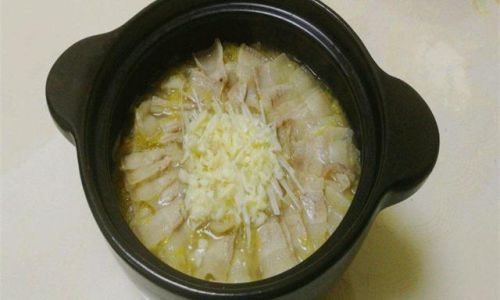
-
Bone-In vs. Boneless
Bones act as insulators, slowing heat penetration. A bone-in chicken thigh may take 5–10 minutes longer to cook than a boneless counterpart. -
Altitude
At high altitudes, water boils at lower temperatures, which can extend cooking times. Adjustments may be needed for recipes prepared above 3,000 feet.
Recommended Cooking Times for White Meat
Boiling/Poaching
- Chicken Breast (Boneless, Skinless): 15–20 minutes in simmering water (not boiling).
- Chicken Thighs (Bone-In): 25–30 minutes.
- Turkey Breast Slices: 10–12 minutes.
- Pork Tenderloin: 20–25 minutes (poached in flavorful liquid).
Pro Tip: Use a thermometer to verify internal temperature—165°F (74°C) for poultry, 145°F (63°C) for pork.
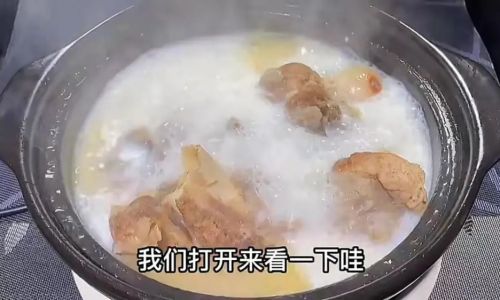
Baking/Roasting
- Whole Chicken Breast (6–8 oz): 22–28 minutes at 375°F (190°C).
- Turkey Cutlets: 18–20 minutes at 400°F (200°C).
- Pork Chops (1-inch thick): 14–16 minutes at 400°F (200°C).
Pro Tip: Baste with butter or broth mid-cooking to retain moisture.
Grilling
- Chicken Breast: 6–8 minutes per side over medium heat.
- Pork Tenderloin Medallions: 3–4 minutes per side.
Pro Tip: Avoid direct high heat to prevent charring before the interior cooks.
Pan-Frying/Sautéing
- Chicken Cutlets (1/4-inch thick): 3–4 minutes per side.
- Turkey Scaloppini: 2–3 minutes per side in olive oil.
Pro Tip: Use a lid to trap steam and ensure even cooking.
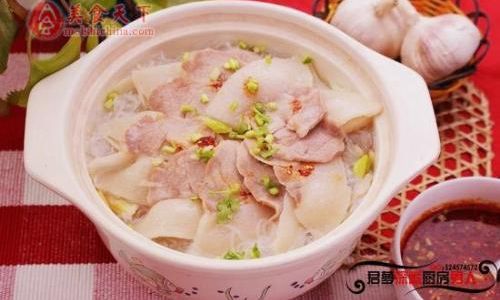
Signs of Doneness (Beyond Timers)
While timers are helpful, visual and tactile cues are equally important:
- Juices Run Clear: Pierce the meat; if juices are pink, continue cooking.
- Texture Test: Overcooked meat feels firm and springy, while undercooked meat feels soft and squishy.
- Thermometer Accuracy: Invest in a digital instant-read thermometer for precision.
Common Mistakes to Avoid
- Crowding the Pan: Overlapping meat lowers cooking temperature and increases steaming instead of searing.
- Skipping Resting Time: Allow meat to rest 5–10 minutes after cooking. This redistributes juices, preventing dryness.
- Ignoring Thickness Variability: Even within the same package, meat thickness can vary. Adjust cooking time accordingly.
Advanced Techniques for Perfect White Meat
- Brining: Soaking chicken or turkey in saltwater (4 tablespoons salt per quart of water) for 1–2 hours enhances moisture retention.
- Sous-Vide: Cooking in a water bath at 145°F (63°C) for 1–2 hours yields unparalleled tenderness.
- Reverse Sear: For thick cuts, roast at low heat first, then sear to lock in juices.
Food Safety: The Non-Negotiable Rule
Raw poultry can harbor Salmonella and Campylobacter, while pork may carry Trichinella. Always:
- Wash hands, utensils, and surfaces after handling raw meat.
- Avoid cross-contamination by using separate cutting boards.
- Reheat leftovers to 165°F (74°C).
Storage and Leftovers
- Cooked white meat lasts 3–4 days in the refrigerator or 2–3 months frozen.
- Store in airtight containers to prevent freezer burn.
Conclusion
Mastering white meat cooking times is a blend of science and intuition. While guidelines provide a starting point, factors like oven calibration, pan material, and personal preference for doneness (e.g., slightly pink pork in some cultures) require adaptability. By prioritizing internal temperature over arbitrary timings and embracing techniques like brining or resting, even novice cooks can achieve tender, juicy results every time. Remember: Patience and precision are the secret ingredients to elevating white meat from ordinary to extraordinary.
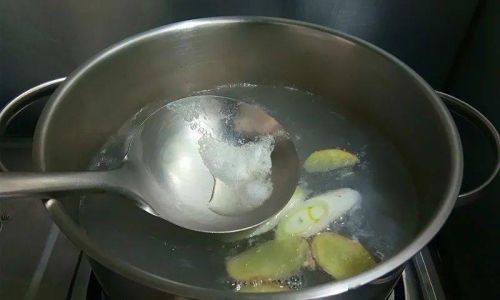
Final Takeaway: Whether you’re simmering a weeknight chicken breast or roasting a holiday turkey, let thermometers and texture be your guides. Happy cooking!
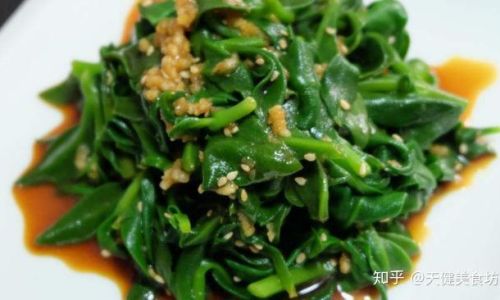

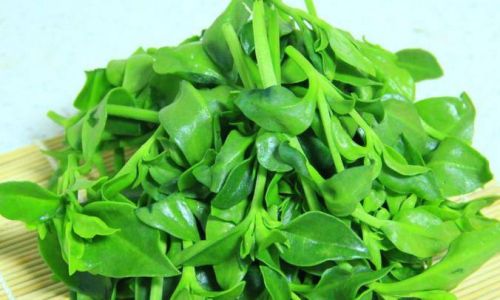


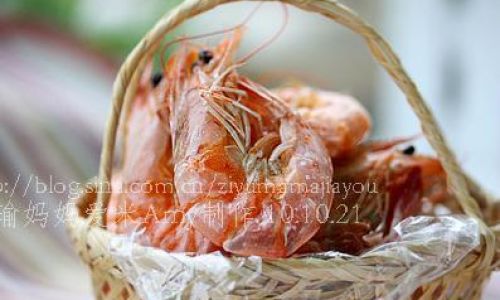
0 comments